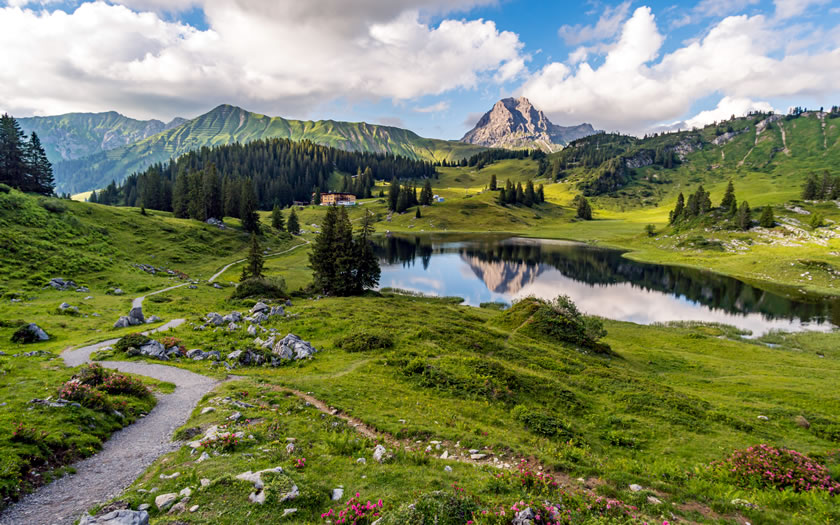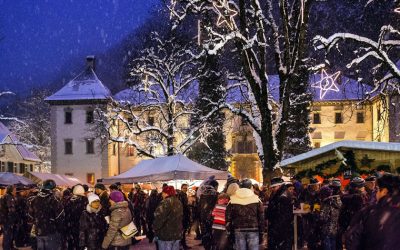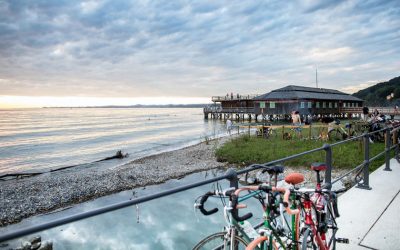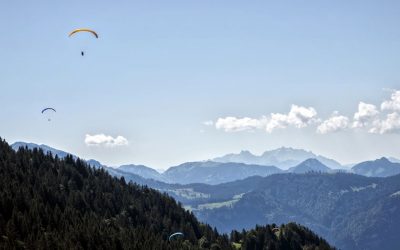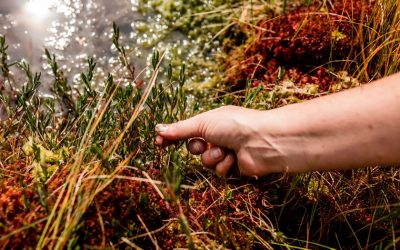Last updated on May 17th, 2022 at 08:42 am
The Vorarlberg is Austria’s westernmost province with plenty of things to do and places to see in its various mountain regions and on the shores of Lake Constance.
Here are ten locations visitors should put on their must-see list for any visit to the province:
1. The Pfänderbahn in Bregenz
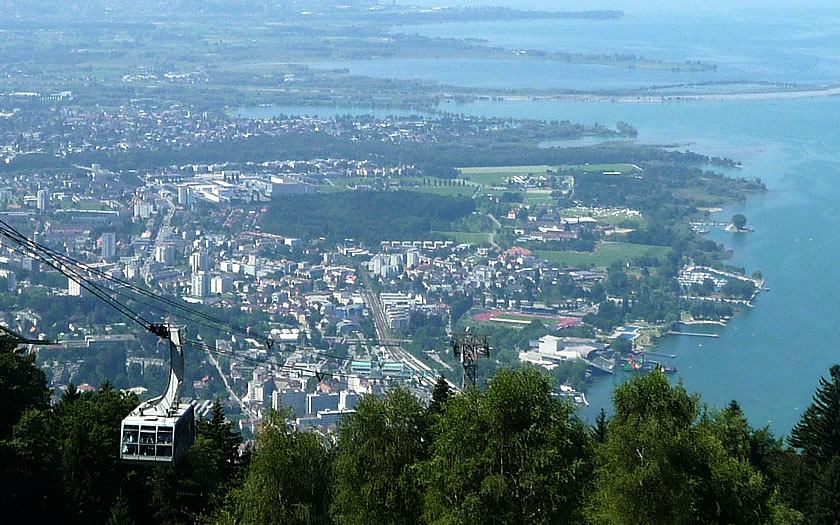
The capital of Vorarlberg is a pleasant city of about 30,000 inhabitants on the shores of Lake Constance with a medieval old town above the harbour and ferry port. There are ferry services across the lake to the neighbouring countries of Germany and Switzerland, but one of the best ways to see Bregenz and the lake is to take a trip up the nearby Pfänder mountain on the cable car.
More information: austriadirect.com/bregenz-lake-constance-pfaender/
2. The Bregenz Festival
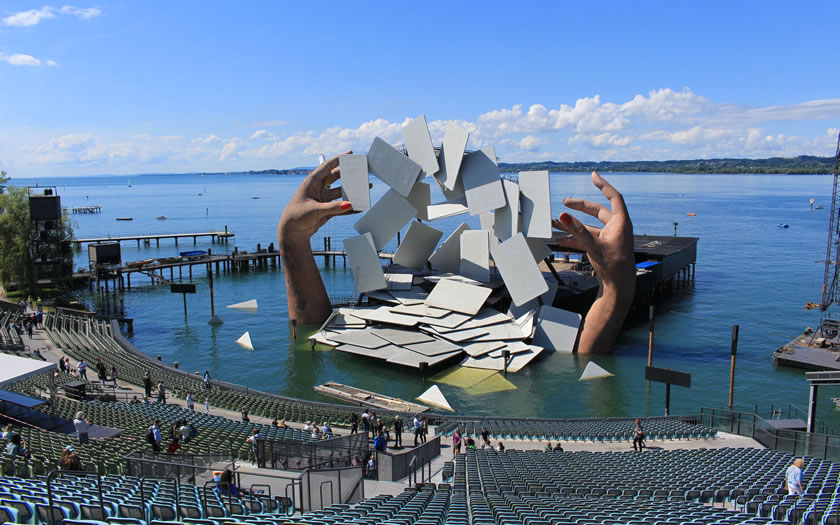
The Bregenz Festival stage is down on the lakefront with the performances actually taking place on a floating stage built in the lake, while spectators sit in stands on the shore. The performances in July and August are usually of well-known operas – for example, Carmen by Bizet and the Magic Flute by Mozart have been choices in recent years – and are put on in a two-year cycle on the lake stage. Performances of less well-known pieces are held in the Festival Hall and other locations around the city.
More information: www.bregenzerfestspiele.com
3. Feldkirch
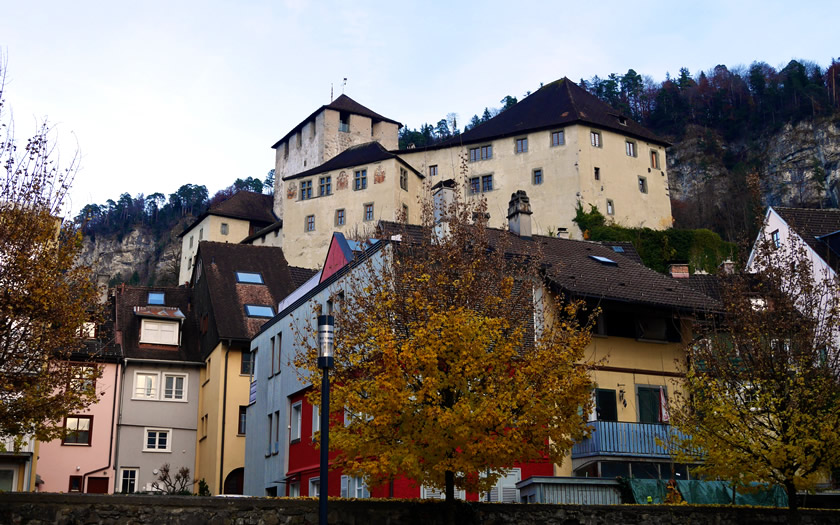
The attractive medieval old town of Feldkirch is a find destination to wander around for a day. The town is actually a little bigger than Bregenz (Dornbirn is the biggest town in the Vorarlberg) and developed around the Schattenburg castle in the 13th century. The centre of the town is semi-pedestrianised and, during the Advent period, hosts one of the nicest Christmas markets in the west of Austria.
More information: www.feldkirch.travel
4. The Lünersee
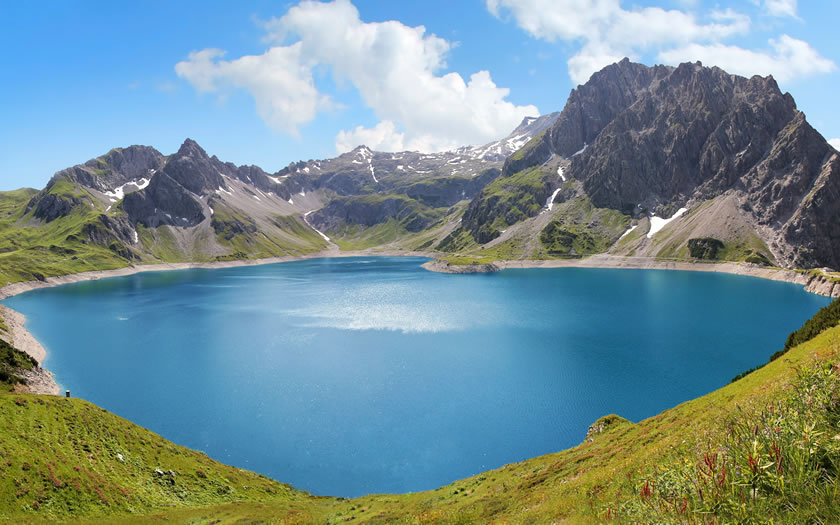
The Lünersee is a reservoir at the end of the Brandnertal valley to the south of Bludenz. It can be reached by the Lünerseebahn cable car, which was originally built to haul materials for the building of the dam and hydro-electric power station in the 1950s. The new cable car, installed in 2020, carries up to 65 people to the reservoir at just under 2000 metres. From there it is possible to take a three-hour walk to the border with Switzerland or a less energetic 90-minute hike around the lake.
More information: www.luenersee.at
5. Fallbach Waterfall
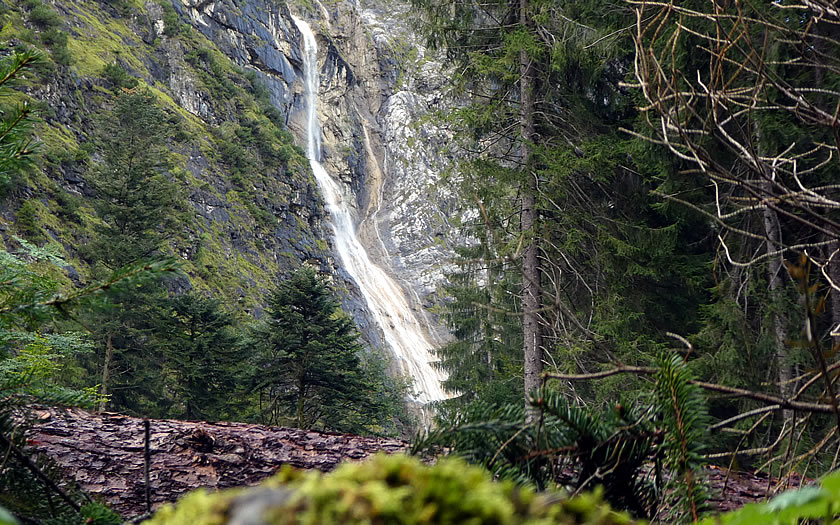
For all the high valleys and mountain ranges in Vorarlberg, the highest waterfall in the province is easily accessible from one of the main traffic routes. The Fallbach waterfall is located just outside the village of Dalaas off the main express road down from the Arlberg tunnel towards Bludenz. There is a relatively easy hike through the woods to get to the impressive falls, which tumble around 500 metres from the ridge.
More information: austriadirect.com/longest-waterfall-vorarlberg/
6. The Montafon Region
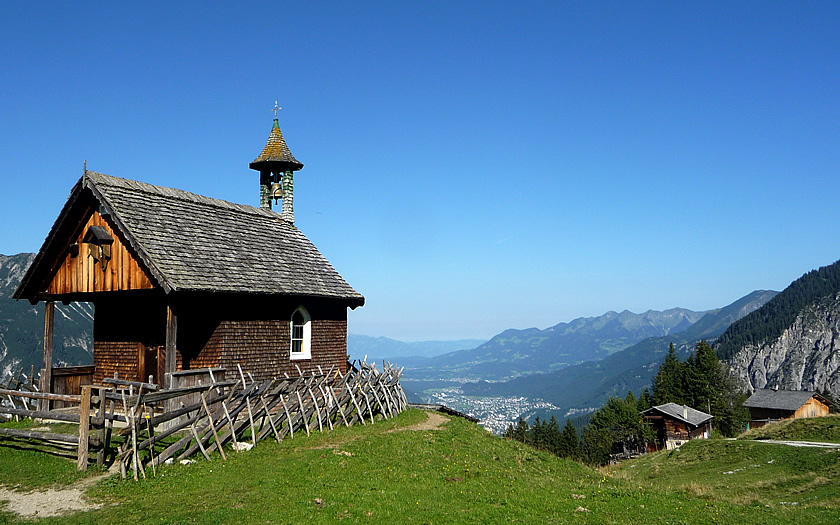
The Montafon region is a favourite summer destination for hikers who want to take in some of the higher peaks of Vorarlberg near the Swiss border. In the winter, the ski region of Silvretta-Montafon is an underrated gem of an area with the longest ski descent in the province at over 1700 metres in altitude difference.
More information: austriadirect.com/montafon/
7. The Silvretta High Alpine Road
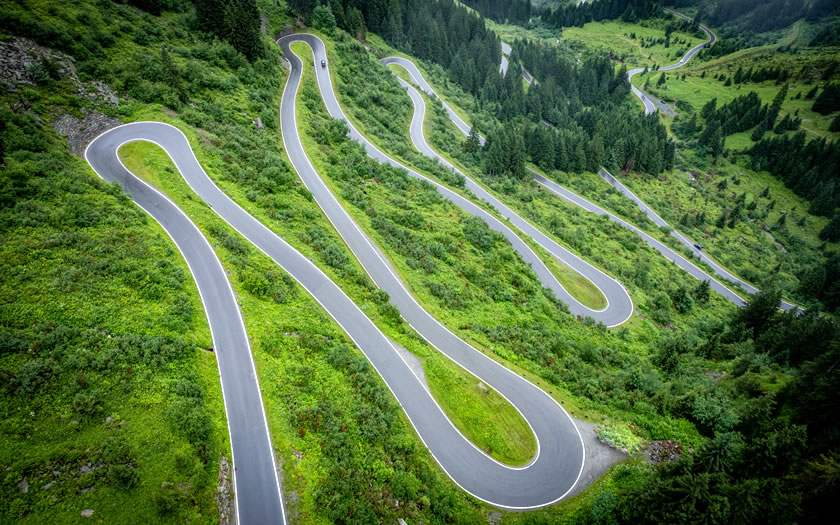
The Silvretta Hochalpenstrasse (or ‘High Alpine Road’) is a toll road which heads up from the Montafon region to the Bielerhöhe pass above the Tyrolean village of Galtür and the Paznaun valley. The road, which is only open in the summer months, climbs just under 1000 metres in altitude and has 34 hairpin bends. It passes two high reservoirs, the Silvretta lake and the Vermunt lake, which are used for hydro-electric power production.
More information: silvretta-bielerhoehe.at
8. The Bregenzerwald
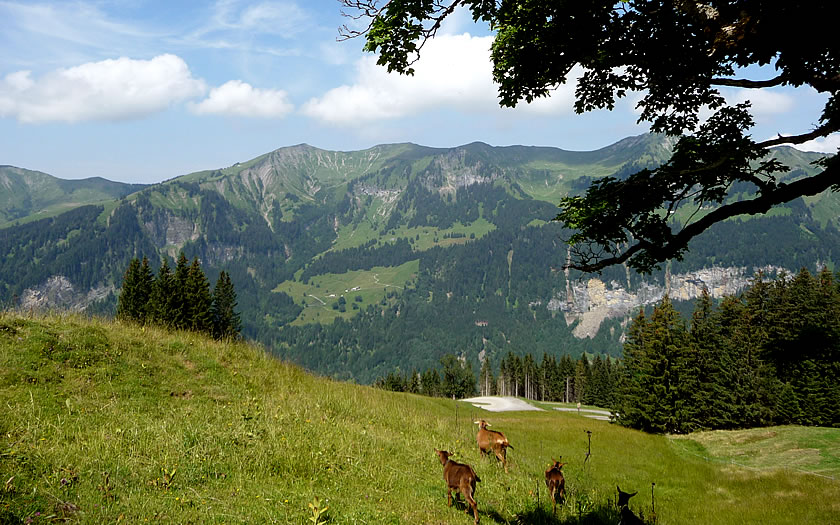
The Bregenzerwald (‘Bregenz Forest’) is an area of relatively low mountains and valleys to the east of Bregenz and the Rhine valley stretching through to the higher Arlberg region. The region contains 23 villages and has a strong history of farming, although tourism is now an important economic factor. Ski resorts like Damüls and Fontanella attract visitors in the winter while summer guests are drawn by the hiking possibilities.
More information: austriadirect.com/bregenzerwald/
9. Lech am Arlberg
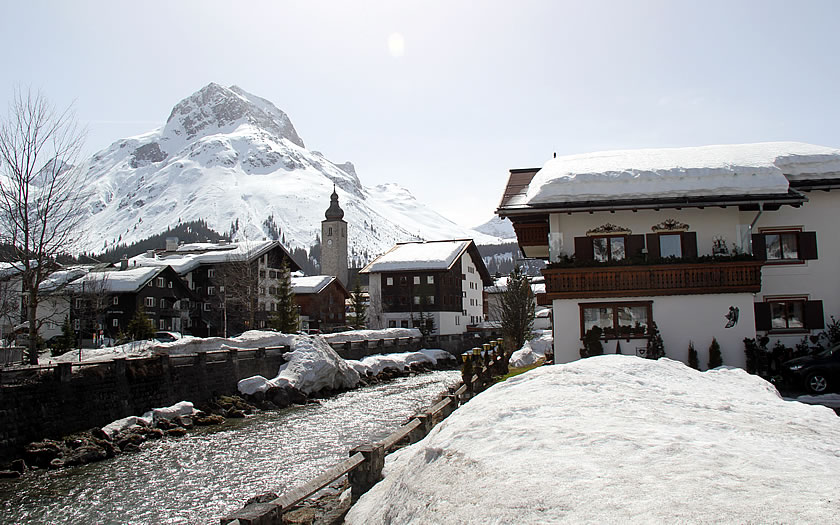
The village of Lech is one of Austria’s premier ski resorts in the winter months and is part of the massive Arlberg ski area, which connects to the Vorarlberg villages of Warth and Zürs as well as over the Arlberg pass into the Tyrol and the ski resort of St Anton. The village can only be reached from the south in the winter, but in summer it is the starting point for the multi-stage Lechweg hiking trail which leads down the river Lech to the German border.
More information: austriadirect.com/lech-am-arlberg/
10. The Kleinwalsertal
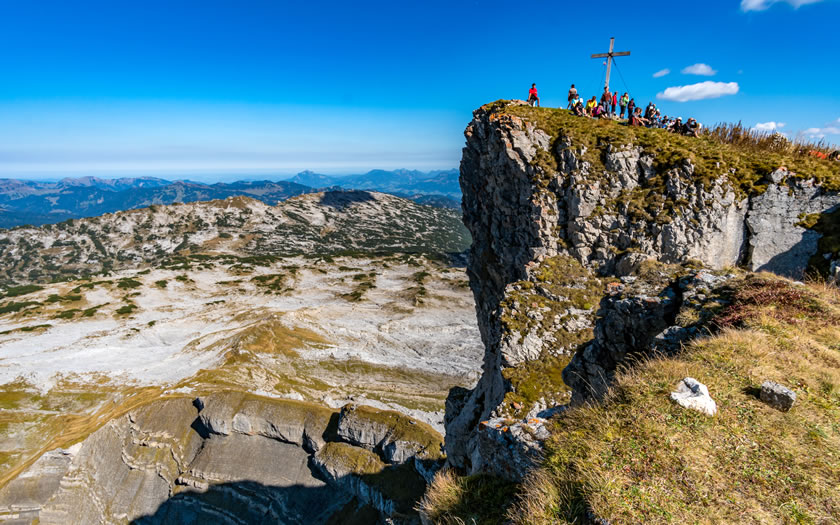
The Kleinwalsertal is a mountain valley which is only accessible via road through Germany. The name refers to the immigrants from the Valais region of Switzerland (the ‘Walser’) who emigrated here in the early Middle Ages bringing their distinctive dialect with them. Nowadays the area around the village of Mittelberg is popular for skiing in the winter (it is linked in to the Oberstdorf ski area across the German border) and for hiking in the summer months. (The walking trails across the mountains are the only direct access into the rest of Austria!)
More information: kleinwalsertal.com/

